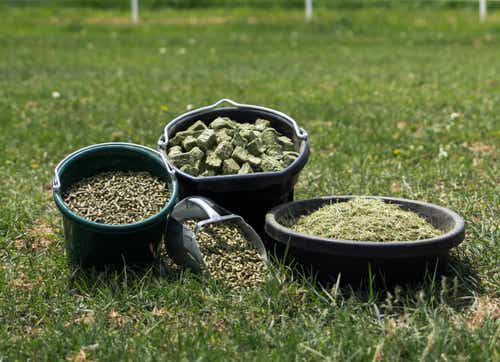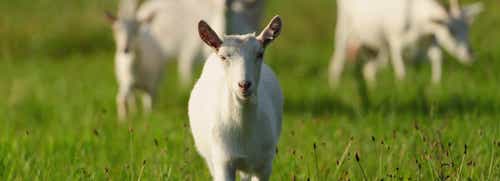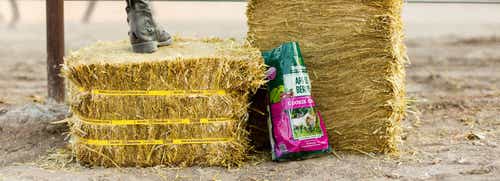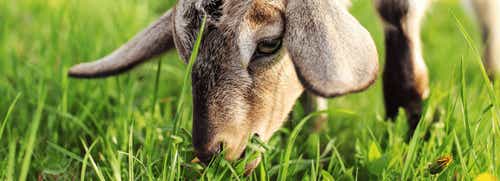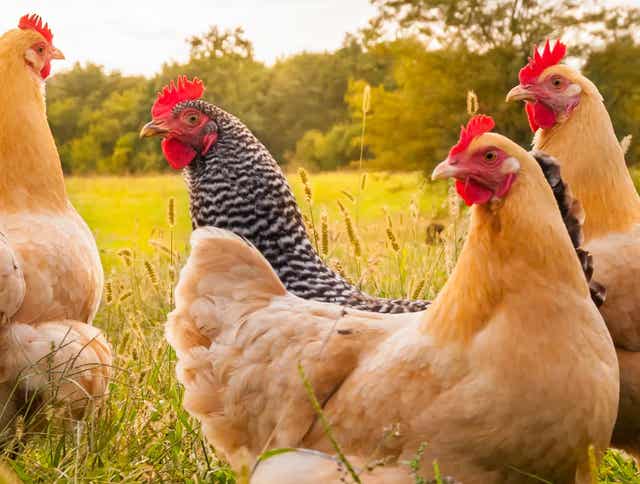
The Chicken Chick’s® Ultimate Chick Brooder Checklist
1. ENCLOSURE
The brooder is the chicks’ home until they move to the coop. The brooder should be spacious, safe, and easy to clean. The brooder should be kept in a room with an ambient temperature of at least 50°F and access to natural light.
The Chicken Chick recommends a large puppy playpen with a top that zips closed to prevent chicks from flying out. An enormous cardboard box is a wonderful alternative, but it must be covered with chicken wire or hardware cloth to prevent birds from escaping.
2. LITTER
A dry brooder is essential for raising healthy chicks. Litter is the material placed on the floor of the brooder to absorb moisture from droppings and any spilled water.
Litter for day old chicks: Use puppy pads underneath paper towels for the first several days as chicks learn to eat and drink.
Litter any time after day 3: remove the puppy pads and paper towels and replace with fluffy pine shavings for maximum absorbency. Always remove any wet litter immediately.
Sprinkle a handful of The Chicken Chick’s® Sweet Coop® zeolite in the litter to help absorb moisture and eliminate any harmful ammonia molecules. Sweet Coop® is safe if ingested because it acts as grit in the digestive tract before being passed out in droppings.
3. SAFE HEAT SOURCE
Chicks are unable to regulate their body temperature initially. A mother hen shares her body heat with her chicks as they sit underneath her. When raising chicks without a mother hen, an alternate source of heat must be supplied. The Chicken Chick recommends a radiant chick warmer that acts like a mother hen by warming only the chicks underneath it, not the entire space around them.
Each chick will regulate its comfort level with a radiant warmer; when they’re chilly, they’ll rest underneath the radiant warmer, when they’re comfortable, they’ll dart out and around the brooder eating, drinking and socializing.
The Chicken Chick strongly recommends against the use of 250 watt heat lamps, which frequently cause fires even when conscientiously used. Heat lamps are inherently dangerous and cannot be made fool-proof with flying animals.
4. FEEDER
A good feeder will be easily accessible, will keep feed clean, and limit wasted feed. A squirrel-proof bird feeder prevents chicks from pooping in the feed and beaking feed out onto the brooder floor, thereby reducing waste.
5. FEED
A nutritionally complete chick starter feed should be fed to chicks from day one to 18 weeks old.
Medicated vs. non-medicated starter feed:
If chicks have not been vaccinated for coccidiosis, they should be fed medicated starter feed to protect against a deadly intestinal disease known as coccidiosis.
Medicated feed contains a low dose of an antiparasitic medication known as amprolium, which allows chicks to develop gradual immunity to parasites that naturally live in their digestive tracts.
If chicks have been vaccinated for coccidiosis, do not give them medicated feed because as the medication will kill the live vaccine. The coccidiosis vaccine should not be confused with the vaccine for Marek’s disease. Chicks that are vaccinated for Marek’s disease may eat medicated starter feed.
6. DRINKER
Chicks cannot develop a healthy immune system without consistent access to clean water. A poultry nipple drinker keeps poop and litter out of the water.
Position the poultry nipple pin just above eye level of the smallest chick, raising it as chicks grow.
7. ROOST
Chicks should be provided with a small roost within the first week or two. A small, flat piece of wood elevated 4 inches from the floor with bricks on each end, for example, will be perfectly adequate.
INTRODUCING CHICKS TO THE BROODER
As each chick is placed in the brooder, tap its beak to the poultry nipple to release a drop of water onto its beak. It will then know where to find water.
Place each chick underneath the radiant warmer with the feeder and drinker nearby. Sprinkle a small amount of starter feed onto the paper towels near the warmer for chicks to find easily.
Ensure chicks receive 8 hours of complete darkness every day. It is best to allow natural sunrise and sunset to dictate bedtime. Don’t leave any lights on in the brooder room at night and never turn off a light leaving chicks in the dark as they will panic.
Download the Checklist for The Chicken Chick’s® Ultimate Chick Brooder




